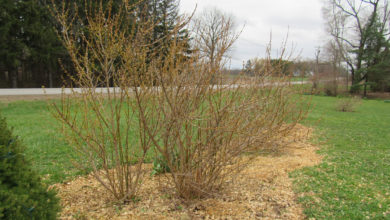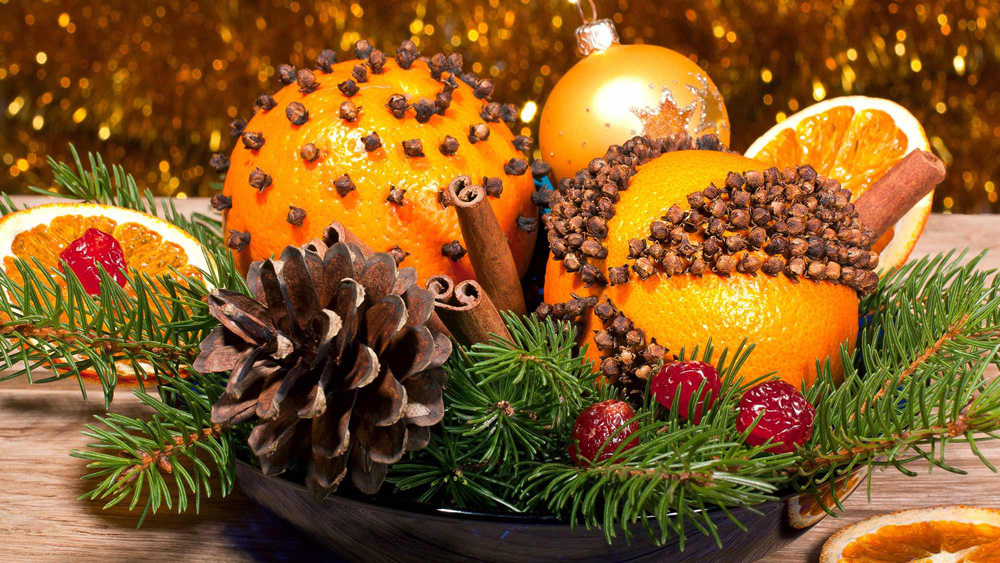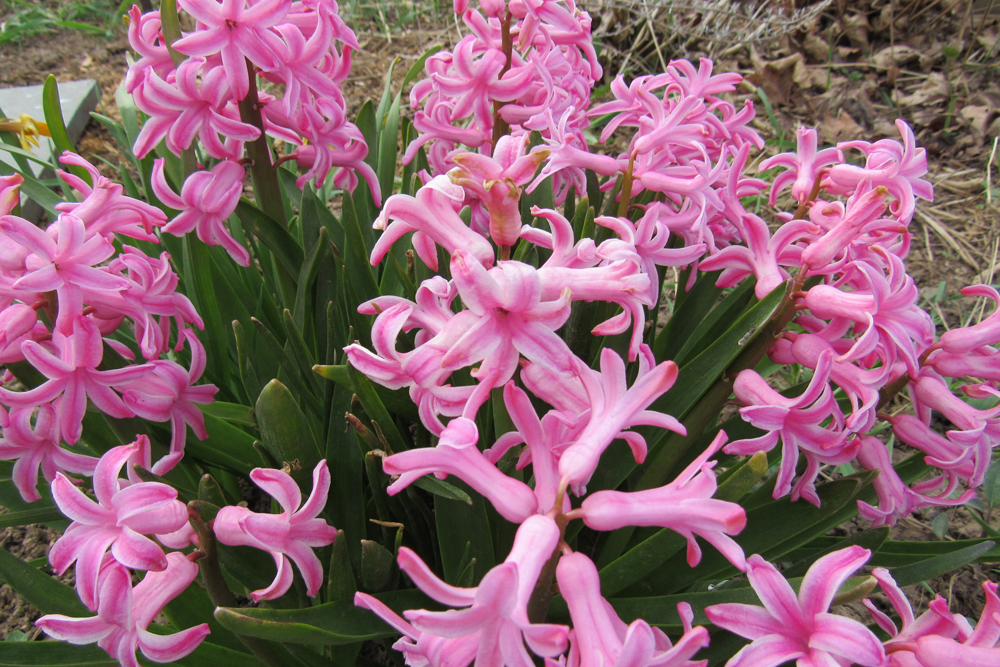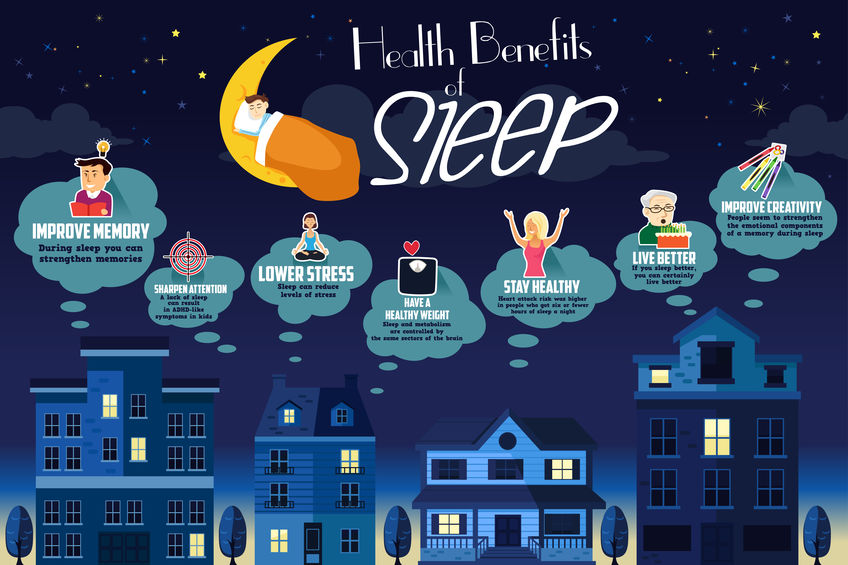Frogs are important garden helpers
A recent letter from a reader prompted research into frog populations. The reader wrote that she is concerned because she has not seen or heard as many frogs this year, describing what could be called a “silent summer.”
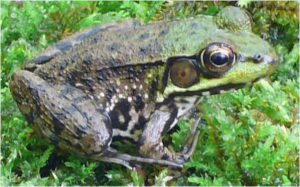
It was difficult to find any statistics regarding this summer season, but declining populations of amphibians worldwide over the past 50 years is well documented; some sources even stating frogs and other amphibians are on the verge of mass extinction.
According to a 2013 study done by the U.S. Geological Survey, threats to amphibian populations vary by region, but include human influence (development, pesticide use, etc.), and disease, particularly the chytrid fungus which has spread around the world due to factors such as global trade.
The USGS notes that amphibians are good indicators of significant environmental change because they breathe through their skin, meaning their bodies are more sensitive to disease, pollution, etc.
Closer to home, a study on amphibian decline done by St. Lawrence University found that habitat loss fragmentation and pollution from pesticides and pharmaceuticals have led to population declines of amphibians in New York State. The status of the disease chytrid fungus, is largely unknown in New York State, the study found.
St. Lawrence University cites additional factors for the declining frog population including over exploitation (the use of frogs for food and as pets), climate change, development and invasive species. The study noted that late springs like the one we had this year, mean there is less time for frogs and other amphibians to reach vernal breeding pools and may affect populations on a given year.
The New York State Department of Environmental Conservation cites similar reasons for declining frog populations in our state. It is interesting to note that the NYSDEC, along with the help of volunteers, annually assist amphibians with road crossings during annual breeding migrations in March and April. The amphibians typically make their breeding trek on rainy nights in early spring, and crossing roads to get to breeding grounds can be perilous. Volunteers, most notably in the Hudson Valley region, assist the amphibians to safely get across roads.
Frogs are important. They are garden helpers, like toads, because they eat harmful insects. You can help sustain frog populations by making your garden and yard a welcoming spot for amphibians.
Not surprisingly, ponds attract frogs. If you have a pond, Cornell Cooperative Extension advises to refrain from mowing around the edge. Ponds with mown and trimmed edges are only attractive to Canada geese, while other wildlife will be drawn to plants such as cattails, sedge grasses, and other native plants such as Joe-pye weed. Create micro-habitats by digging coves and holes along the pond edge. Rocks and logs half submerged in the pond are effective ways to attract wildlife including frogs.
Avoid using pesticides and herbicides in your garden – remember that even organic options are still meant to kill disease and insects.
If you do not have a pond, you can create a welcoming frog “pool” by sinking a small child’s pool, half barrel or shallow pan into the ground in a shady part of the garden. Fill the bottom with rocks and soil, add water, and a selection of floating and potted aquatic plants. You can also partially bury terra cotta pots in the soil and keep the area moist to encourage both toads and frogs, especially during dry times in summer.
If you have frogs in your yard and garden, congratulations! It means your yard is a healthy place for them to live.



